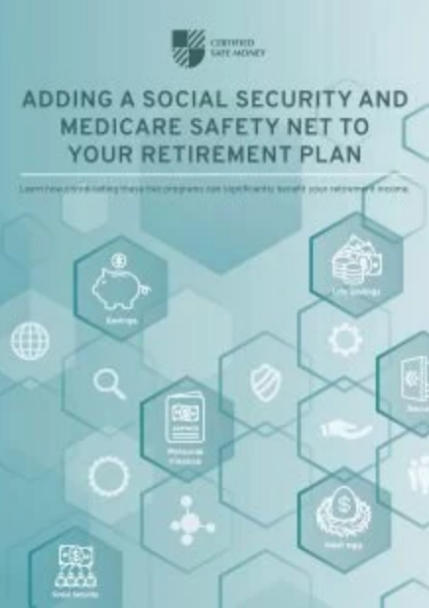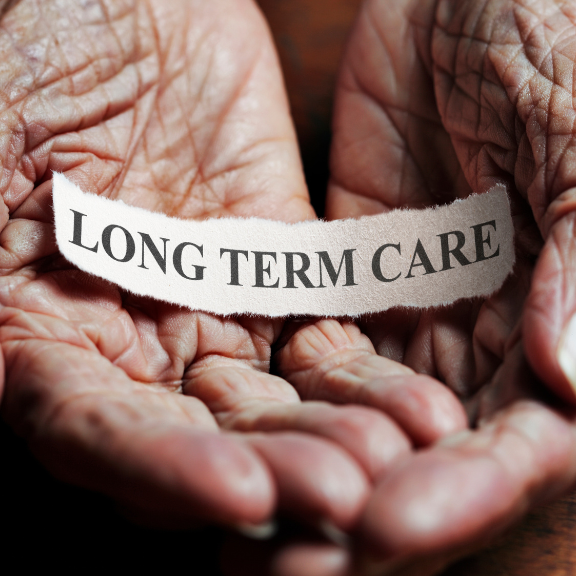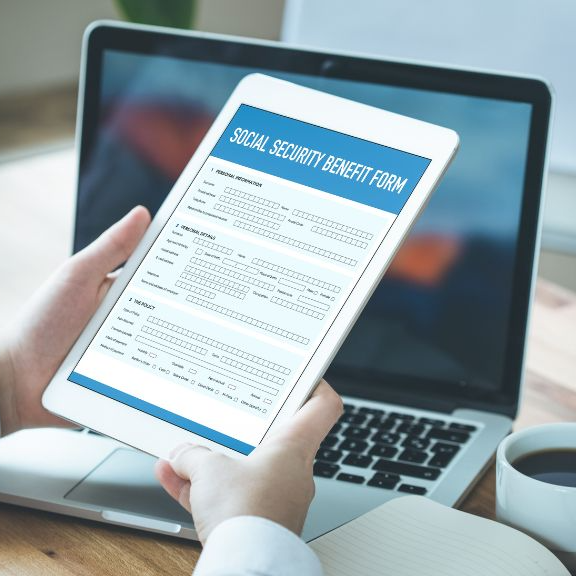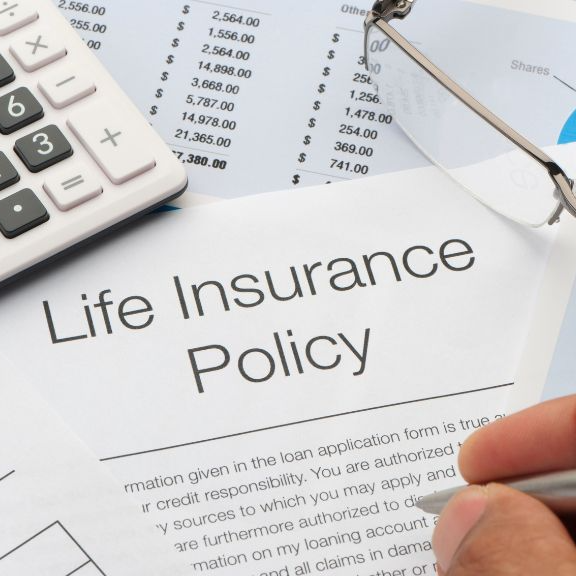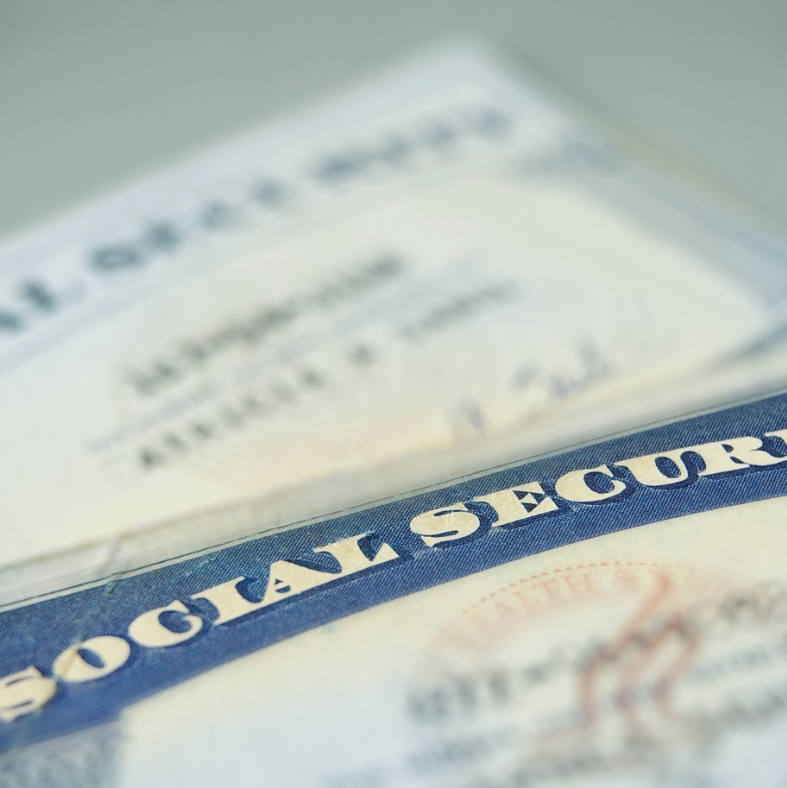Long Term Care Retirement Planning for Long-Term Care
While nobody enjoys discussing the topic of long-term care, the reality is that as we get older, the chances of needing at least some type of physical or cognitive assistance increases. Unfortunately, though, just like most other healthcare areas, the cost of receiving care-related services in a facility or in your own home can be significant. So, when financial planning for retirement, including long-term care is a must. Otherwise, you could end up depleting assets and income that were earmarked for other things.
Will You Need Long-Term Care?
According to U.S. government statistics, the odds of needing at least some type of long-term care after reaching age 65 are nearly 70%. Although everyone’s situation can differ, on average, women typically require care for a longer period of time than men, with an average of 3.7 years versus 2.2 years, respectively.
Find the most credible, highest-rated Safe Money advisors in your area.
If you are nearing retirement or already retired, you should consider safe money because your future is too bright to risk.
Distribution and Duration of Long-Term Care Services
Type of Care Average number of years people use this type of care Percent of people who use this type of care Any services 3 years 69 Unpaid care only at home 1 year 59 Paid care at home Less than 1 year 42 Any care at home 2 years 65 Nursing home facility 1 year 35 Assisted living facility Less than 1 year 13 Any care in a facility 1 year 37 Source: LongTermCare.gov
How Much Does Long-Term Care Cost?
The price for a long-term care need can depend on a variety of factors. These can include the following:
- Location of where care is received (i.e., in a skilled nursing home, assisted care facility, adult daycare center, or the recipient’s home)
- Private versus semi-private room (in a nursing home or assisted care facility)
- Area of the country
According to the Genworth 2020 Cost of Care Survey, the monthly median cost of care in the U.S. (in 2019) was: In-Home Care Community and Assisted Living Nursing Home Facility Homemaker Services $4,290 Adult Day Health Care $1,625 Semi-Private Room $7,513 Home Health Aide $4,385 Assisted Living Facility $4,051 Private Room $8,517 Source: Genworth Cost of Care Survey With these high-cost figures, even a short-term need for long-term care-related services can have a big impact on your future lifestyle.
How Can a Long-Term Care Need Impact Your Retirement and Your Savings?
Given the high cost of long-term care services, if you don’t have at least some financial protection type in place, your savings and other assets could be depleted rather quickly. This is particularly the case with couples when one spouse or partner requires long-term care. The other is still responsible for paying the day-to-day living expenses, such as housing, utilities, food, and transportation. In some cases, individuals or couples may have to sell collectibles, family heirlooms, or other items of value to develop the funds needed for long-term care. Unfortunately, these assets often bring in far less than their actual value – especially in a “forced sale” situation. If assets become depleted, it could be up to adult children or other loved ones to pick up the financial burden’s remainder. This, in turn, can then have a negative impact on their savings, too. Likewise, if a loved one becomes a caregiver, they may be required to take time off work (or possibly even quit their job altogether) to spend time with the care recipient. Going this route can affect the care provider’s lifetime income and retirement savings because they are contributing less to their employer-sponsored retirement plan. In addition, lower wages can also reduce the amount of Social Security retirement income for the care provider when the time comes for them to retire.
Ways to Reduce Out-of-Pocket Long-Term Care Expenses
There are ways to address the potential cost of a long-term care need when financial planning for retirement. Doing so is important, as many people find out too late that Medicare pays very little for these types of services, and Medicaid (a different government program) will only provide coverage if your assets and income are considered to be at your state’s poverty level. Even if you meet all of Medicare‘s skilled nursing home benefit criteria, you could still find yourself paying more than $14,000 out-of-pocket in just the first 100 days – and, if you require skilled nursing facility care for a longer period, you may be required to pay for 100% of the costs that are incurred.
Medicare‘s Skilled Nursing Home Coverage and Out-of-Pocket Costs (in 2020)
Days: Your out-of-pocket costs: Days 1 – 20 $0 Days 21 – 100 $176 per day coinsurance Days 101 and beyond All costs Source: Medicare.gov/coverage/skilled-nursing-facility-snf-care Depending on the situation, there are ways that you can plan ahead for the high cost of a long-term care need. Some of the most common strategies may include:
- Purchasing a stand-alone long-term care insurance policy
- Adding a “hybrid” or combination life insurance / long-term care plan, or annuity / long-term care plan to your portfolio
- Buying an annuity where the income is earmarked for long-term care expenses
While it is possible for someone to pay a premium for a long-term care insurance policy that is never used, a hybrid plan or an annuity could still be utilized for their death benefit or income benefits – even if there is no future need for care.
Are Your Assets Protected from the High Cost of a Long-Term Care Need?
Because everyone’s needs, time frame, and risk tolerance can differ, it is important to determine which type of long-term care expense protection may be right for you. Talking over your objectives with a retirement income planning professional can be beneficial. If you would like to schedule a time for a no-obligation phone or online meeting with an expert, feel free to reach out to us directly at [email protected]. We look forward to hearing from you.

